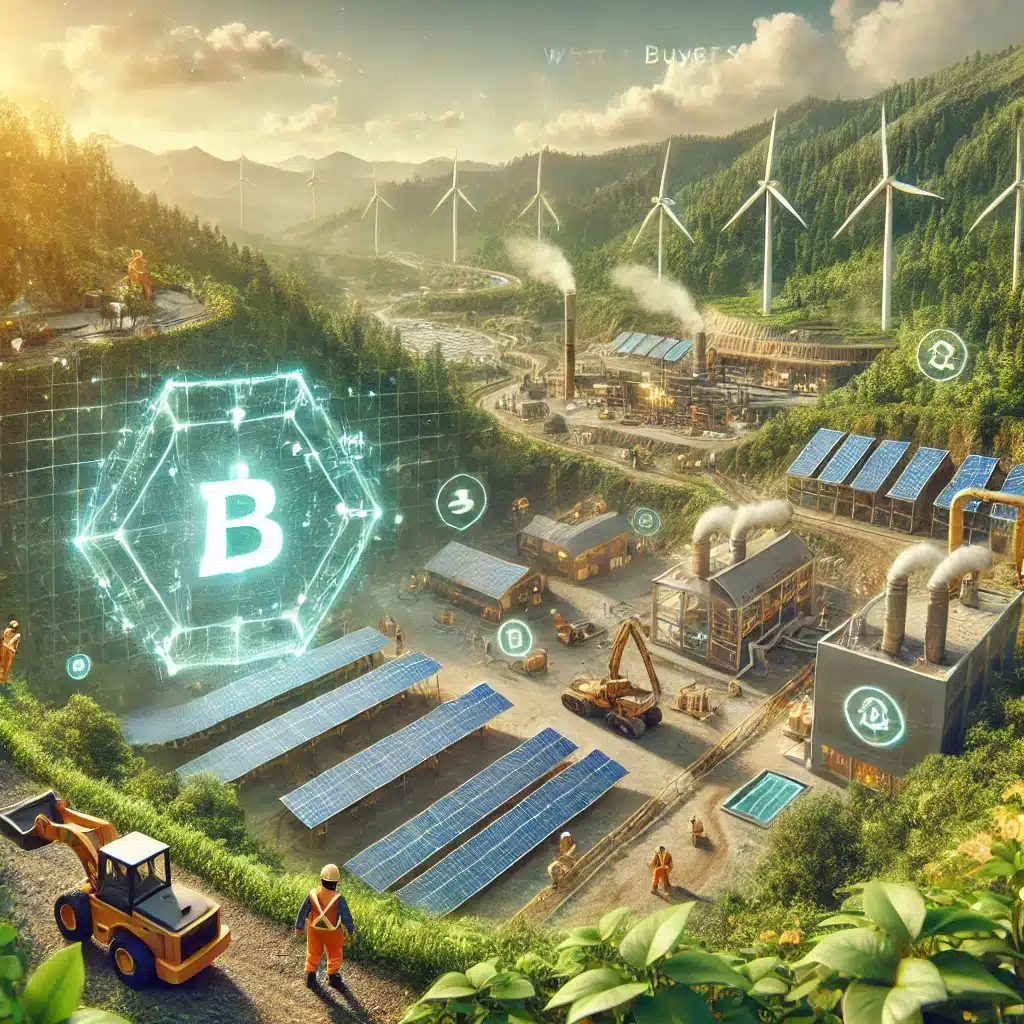Gold has long symbolized wealth and prosperity, but the cost of mining this precious metal goes beyond its market price. With increasing awareness of environmental and ethical concerns, sustainable gold mining is becoming more important than ever. As a buyer, understanding the future of sustainable gold mining can help you make informed and responsible choices.
The Story of Leah: A Conscious Consumer
Leah, a jewelry designer from California, was shocked when she learned about the environmental damage and unethical practices associated with traditional gold mining. Determined to make a difference, she started sourcing sustainably mined gold for her designs. Through her journey, Leah discovered the transformative changes happening in the industry. This guide reflects Leah’s insights and provides valuable information for anyone looking to support sustainable gold practices.
Why Sustainability in Gold Mining Matters
Gold mining has historically been associated with significant environmental and social challenges. Here’s why sustainability is crucial:
1. Environmental Impact
- Deforestation: Traditional mining often involves clearing large areas of forest, disrupting ecosystems.
- Water Pollution: Chemicals like cyanide and mercury used in gold extraction contaminate water sources.
- Carbon Emissions: Mining processes contribute significantly to global greenhouse gas emissions.
2. Ethical Concerns
- Labor Exploitation: In many regions, miners face poor working conditions and low wages.
- Conflict Gold: In some areas, gold mining funds armed conflicts, worsening violence and instability.
- Community Displacement: Large-scale operations often displace local communities, disrupting lives and livelihoods.
Emerging Trends in Sustainable Gold Mining
The industry is evolving to address these issues, with innovative solutions paving the way for a greener future:
1. Eco-Friendly Mining Practices
- Chemical Alternatives: Safer alternatives like cornstarch-based extraction are replacing toxic chemicals.
- Renewable Energy: Mining companies are adopting solar, wind, and hydroelectric power to reduce carbon footprints.
2. Blockchain for Transparency
- Traceability: Blockchain technology is being used to track gold from mine to market, ensuring ethical sourcing.
- Consumer Trust: Buyers can verify the origins of their gold, fostering confidence in sustainable practices.
3. Recycled Gold
- Circular Economy: Recycling existing gold reduces the need for new mining, minimizing environmental damage.
- Growing Demand: Many jewelers and tech companies are shifting towards using recycled gold in their products.
What Buyers Should Look For
1. Certifications and Standards
- Fairtrade Gold: Ensures ethical labor practices and fair wages for miners.
- Fairmined Gold: Focuses on responsible mining practices that protect the environment and communities.
- Responsible Jewellery Council (RJC): Certifies companies committed to ethical and sustainable practices.
2. Ask About Sourcing
- Inquire about the origin of the gold when buying jewelry or investments. Reputable sellers will provide transparency.
3. Support Recycled Gold
- Opt for products made with recycled gold, which significantly reduces environmental impact.
Challenges Facing Sustainable Gold Mining
1. Higher Costs
Sustainable mining practices often come with higher production costs, which can increase prices for buyers.
2. Limited Awareness
Many consumers are unaware of the environmental and social impacts of traditional gold mining.
3. Scalability Issues
Adopting sustainable practices on a global scale requires significant investment and collaboration.
The Future of Sustainable Gold Mining
Despite the challenges, the future of sustainable gold mining looks promising:
1. Technological Advancements
Innovations in mining techniques and renewable energy integration are reducing the environmental footprint of gold mining.
2. Consumer Demand
As buyers become more informed, demand for sustainable gold is driving change within the industry.
3. Government and Industry Collaboration
Regulations and partnerships are emerging to ensure compliance with sustainable practices.
Leah’s Commitment to a Greener Future
Leah now exclusively uses Fairtrade-certified gold in her designs. Her customers not only love the ethical story behind her pieces but also feel empowered knowing their choices support sustainable practices. Leah’s journey proves that buyers have the power to drive meaningful change.
Conclusion: Be Part of the Solution
Sustainable gold mining is not just an industry trend—it’s a necessity for a healthier planet and fairer economy. You can contribute to a brighter future for the industry and the world by choosing ethically sourced and environmentally friendly gold.
Are you ready to make a difference with your gold purchases? Share your thoughts and experiences in the comments below, and let’s inspire a movement towards sustainability!
